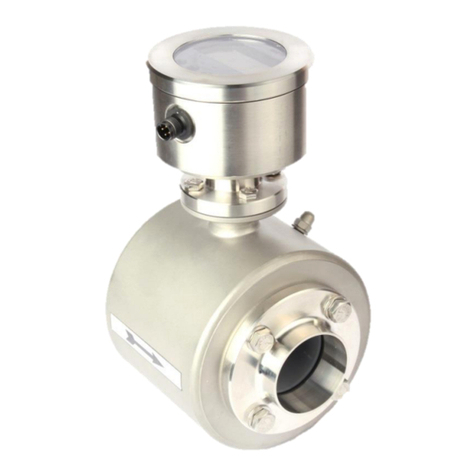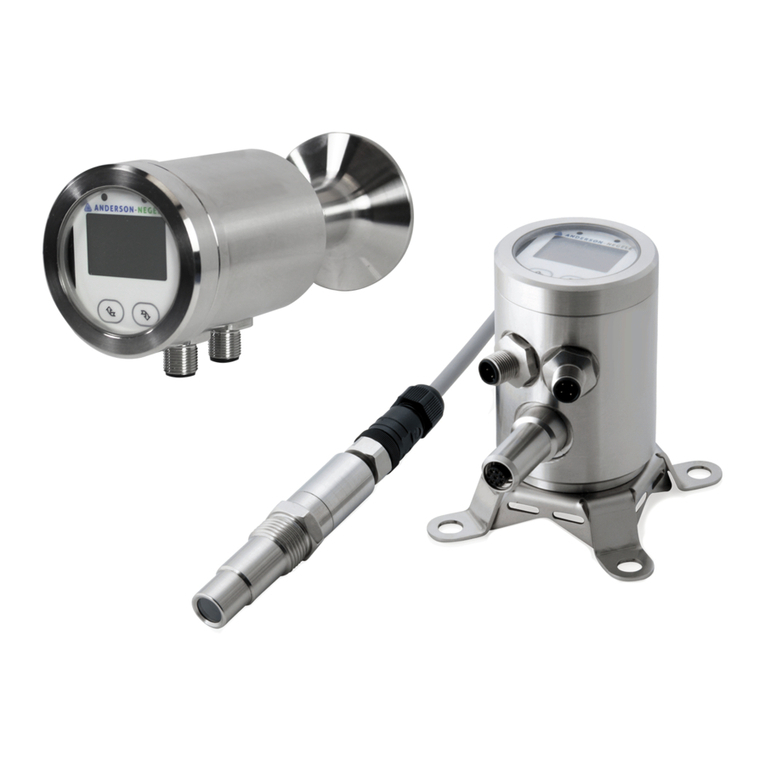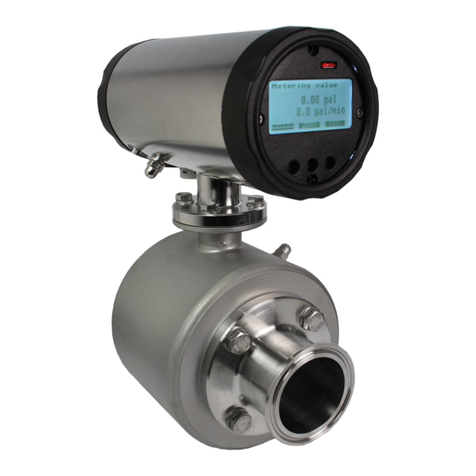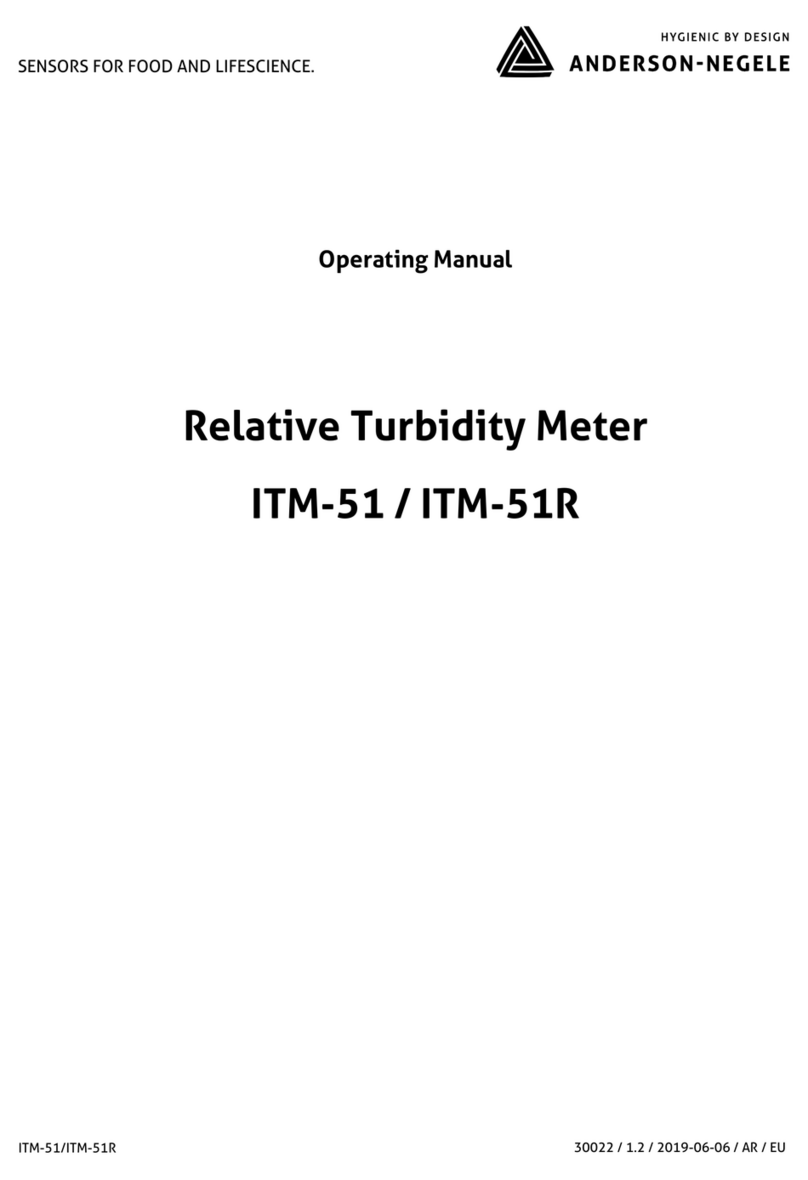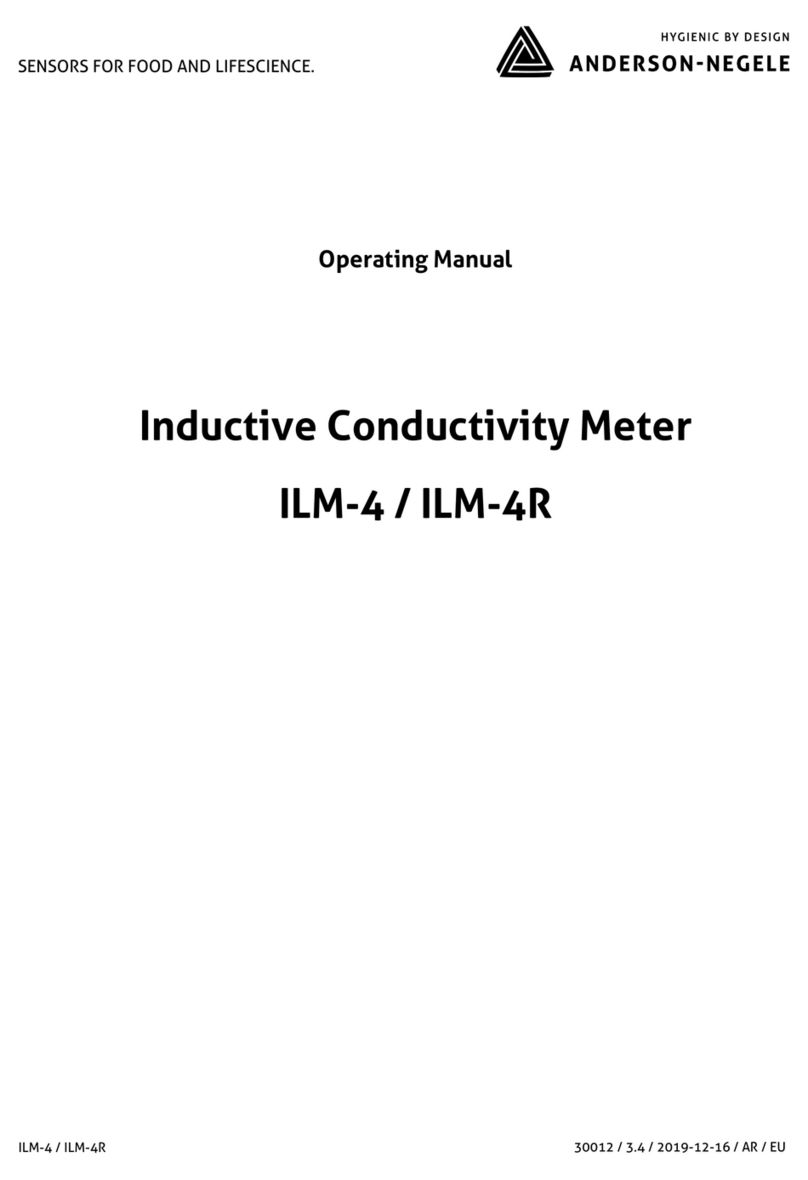IZMSA Flow Meter
- 5 -
28.1. Reset of the Running Counter .............................................................................43
29. Parameterization ....................................................................................................43
29.1. Protection of the Parameters against Unauthorized Modification ....................44
30. Function 98.............................................................................................................44
30.1. “CAL”Position......................................................................................................44
31. How to Modify the Parameters..............................................................................45
31.1. Overview of the Parameters.................................................................................47
31.1.1. Device Parameters (Menu 02) ..................................................................49
31.2. Output Mode .........................................................................................................51
31.3. Input/Output Parameters (Menu 03) ....................................................................53
31.4. Display Parameters (menu 04).............................................................................54
32. Structure of the Data Memory...............................................................................55
32.1. Determination of Parameters and Calibration Data............................................55
32.2. Calibration Factor "m spe"...................................................................................55
32.3. Positive Flow Factor "p spe" ...............................................................................56
32.4. Negative Flow Factor "n spe"..............................................................................56
32.5. Dimensioning Factor "m dim" .............................................................................56
32.6. Fine Adaptation by “b spe”..................................................................................57
33. Help in Case of Malfunction..................................................................................57
33.1. Error Messages.....................................................................................................57
34. Typical Effects or Possible Malfunctions ............................................................59
34.1. The Display Shows “warning 901“......................................................................59
34.2. If Existing Flow is Not Displayed:........................................................................59
34.3. The Pulse Transmission is Disturbed Although Flow is Displayed..................60
34.4. No Analog Signal Available..................................................................................60
34.5. Strong Fluctuations of Measured Values............................................................61
34.6. Reset of Error Messages......................................................................................61
34.7. Displayed Messages.............................................................................................62
35. List of Possible Key Functions.............................................................................63
36. Output Simulation..................................................................................................63
37. Hardware Test ........................................................................................................64
38. Transmitter Test.....................................................................................................65
38.1. Insulation Test ......................................................................................................65
38.2. Symmetry Test......................................................................................................65
38.3. Visual Check.........................................................................................................66
39. Maintenance ...........................................................................................................66
39.1. Upkeep ..................................................................................................................66
39.2. Safety Precautions for Maintenance ...................................................................67
39.3. Preventive Maintenance Steps ............................................................................67
40. Repairs....................................................................................................................68
40.1. Sending in the Flow Meter to the Manufacturer..................................................68
